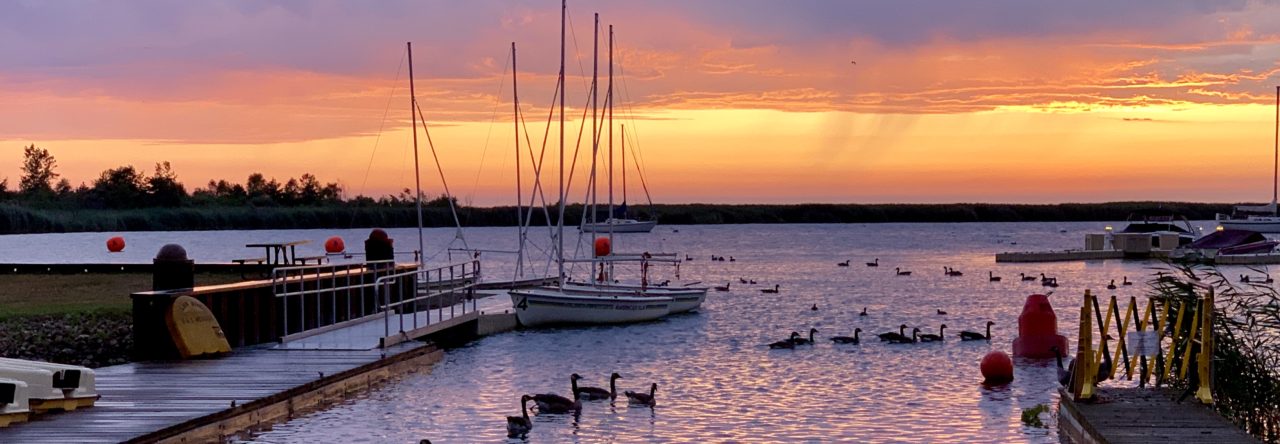Thursday morning we woke up to a wintery mix. We took our time getting organized hoping the weather would break. The weather was still messy by the time we finished breakfast and checked out of our room. Oh, well. That’s one of my rules. “Don’t let the weather stop you.” Instead, we stopped at the closest Family Mart and invested in lightweight umbrellas. Perhaps, the best purchase of the day!
On our agenda today was exploring Asakusa. Asakusa is located on the NE side of Tokyo. We were in the SW corner. It took us about 40 minutes on the train to transit over.

Our first stop was to visit the Sensō-ji Temple. Sensō-ji Temple is the oldest temple in Tokyo. It is very significant and attracts 30 million visitors every year. Cindy and I accounted for two of those visitors today.

The Temple is huge. I was especially excited because I haven’t been to this temple in over a year. Last time Dave and I visited was during Tokyo marathon weekend. At that time, the pagoda was undergoing renovations. I was able to see the pagoda for the first time today!

The snow, the pagoda, and the temple made for a magical experience. Check out all the people!
http://wabisabisole.com/wp-content/uploads/2018/02/img_2827.movI’m so glad we made the trip over to see the Temple. It truly is a magnificent structure and the gardens are amazing even in the rain/ snow.




Cindy was able to have another stamp added to her book at the Senso-ji Temple and also at the Asakusa Shrine.
Since we were in the area, I wanted to take Cindy to see another of my favorite Shrines. The Imoda Shrine or Lucky Cat Shrine. It’s so cute and the coupled cats are said to bring good luck and love to marriages. Who doesn’t need a little extra of either?





My favorite thing to discover at certain Shrines is the “May Peace Prevail On Earth” signs. The sign coupled with the serenity of the Shrine and the beauty of gardens truly makes my heart happy. I can’t help but believe that every one of the wishes tied on the prayer wall are wishes of peace, goodness, and well being.

By this point in the day, we were starting to get chilly and wet from the winter mix. We worked our way back to the shopping area around Asakusa. We shopped for a few items and then worked our way to Shibuya. We had one shopping spot to visit before heading home. My favorite. Tokyu Hands.

The only thing holding us back while shopping was the reminder we still had to get back home with all of our purchases!
Today, without intention, I treated Cindy to a true wabi-sabi experience. The weather was definitely imperfect, but the opportunity to see the Temple and pagoda in a little bit of snow was pretty fun. Of the 30 million visitors, how many had a chance to experience it in snow? She was such a trooper. I teased her at one point and said I was glad she was my sister in law from Chicago – otherwise, we might not have left the hotel! To her, this was a messy winter day at home!
We worked our way home and enjoyed a cold beer and Garrett’s popcorn as an appetizer to the white bean chicken chili Dave made this morning in the crockpot. Ahhhh. After two days in Tokyo, there’s no place like home!





































































































































